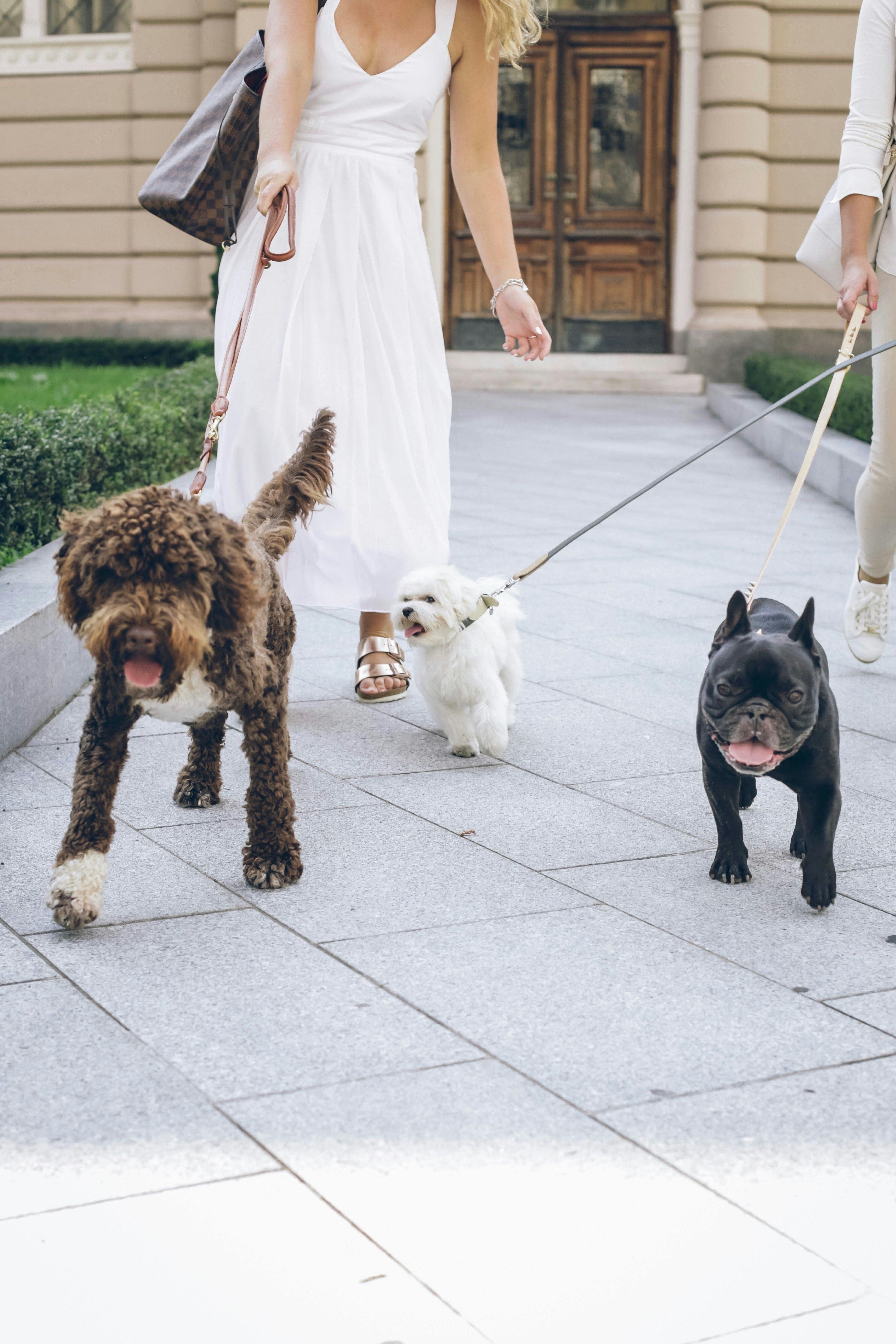Why It's Important to Understand Your Dog's Poop
Having a dog as a companion comes with many benefits. However, one of the responsibilities is picking up their poop. The consistency and color of a dog’s feces can provide clues to their health, offering insight into their diet, intestinal health, and overall wellbeing. In this article, we discuss some of the most common dog poop types and what various colors and consistency can tell you about your dog's health.
When to Consult a Pet Expert
Talk to a Pet Expert or make an appointment with the vet if unusual bowel movements don’t go away in a day, your dog is a young puppy, or exhibits other symptoms.
10 Types of Dog Poop and What They Mean
-
Precautionary Diarrhea
Just like humans, dogs can sometimes experience a bout of diarrhea. The most common causes are stress, a change in diet, or eating something that doesn't agree with their system. If your dog appears healthy and doesn't show any other symptoms of illness, such as lethargy, fever, or mood swings, you can try stopping their food for a day and see if the condition clears up.
-
Soft and Gross Stool
If you notice that your dog's stool occasionally contains mucus, don't worry too much. A small amount of mucus is normal - a dog's colon secretes mucus to help lubricate their intestine. However, if you notice a lot of mucus or it happens frequently, it could be a sign of additional problems such as intestinal parasites, tumors, or bacterial overgrowth.
-
Heavy Poop
Your dog most likely has a parasite if you see worms or something that resembles rice in their feces. Visit your vet right away with your dog and a sample of their stool.
-
Thin Poop
If your dog poops and the piles are thin, wormy, and squiggly, there may be a blockage. Your dog's stool will be difficult to pass if he has a foreign object in his intestines. Anything they consumed can be an impediment. If your dog exhibits other indicators of distress in addition to this stool's peculiar shape, consult your veterinarian as soon as possible to rule out the unlikely possibility of a polyp or tumor.
-
Bunny Pellets
If your dog's feces resemble rabbit droppings, like small hard pellets, they may be constipated. Talk to a Pet Expert if their feces don't get back to normal in a day.
-
Black or Tarlike Stool
It's critical to seek emergency veterinarian attention if your dog's stool is black or tarry. Internal bleeding that enters the intestines or digested blood in the intestines are the usual causes of this stool type.
-
Gray Poop
The majority of dog excrement ought to have a deep brown color. The color of your dog's feces could be a sign of issues with the pancreas, liver, or gallbladder. Talk to a Pet Expert if it lasts more than a few days.
-
Poop Stuff
Only excrement should be present when your dog poops, nothing else. If you notice anything else, such as hair, grass, or veggies, their meal wasn't properly digested. A lot of hair in the stool may be a sign of shedding or compulsive grooming. Eating grass may be a sign of digestive distress. Try chopping up raw or steamed vegetables smaller if they’re pooping out large pieces of vegetables.
-
Blood
If you notice blood in your dog's feces, there are many potential things it could mean. Wait a day to see if the blood disappears if all you see is a streak of blood and he otherwise appears happy and healthy. Sometimes a little blood appears in stool due to stress. If you notice a lot of blood, call your veterinarian right away.
-
Brown Solid and Formed
Congratulations, your dog seems to have a happy bowel movement! Keep up the good work.
Need More Help?
Got a dog question? Chat with one of our Pet Experts and get customized advice by submitting a request on our Mavyn website.
